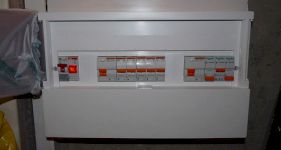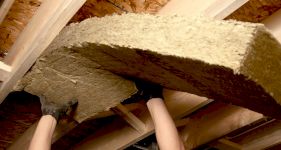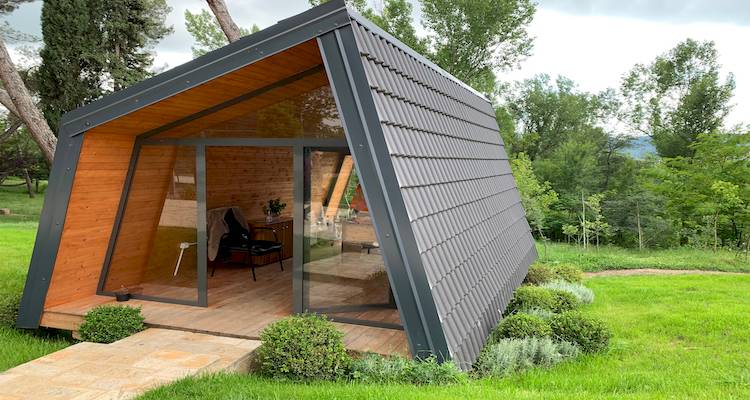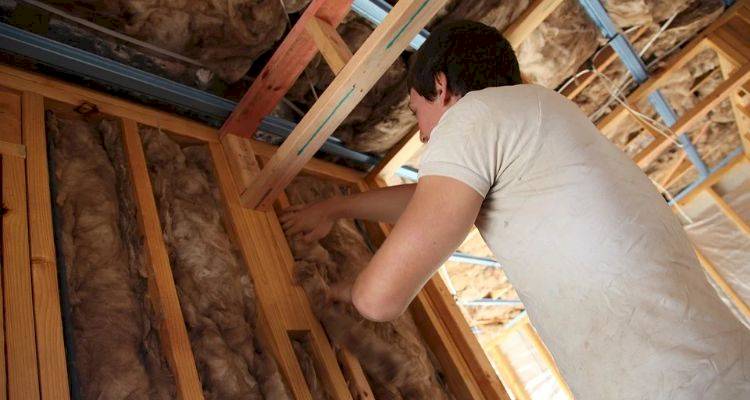Mould Removal Cost
- The average cost of dealing with mould is around £700
- The job will take approximately 1 - 5 days to complete
- A clear price breakdown by scenario and what's included.
- Professional workflow and realistic timescales.
- Landlord and tenant responsibilities.
- How to find and hire a mould removal specialist
Looking for a professional mould removal service in the UK?
Mould can spread quickly, damage your property and put your health at risk.
While small patches can sometimes be cleaned yourself, larger or recurring problems usually need expert treatment.
Professional mould removal ensures the issue is identified at the source and treated safely, preventing costly repairs later on.
This guide explains when to hire a specialist, what the process involves, and the factors that affect mould removal costs in the UK.
Just need a quote?
If so, we can help! We have a range of local mould removal specialists ready to offer you a free quote!
Continue below!
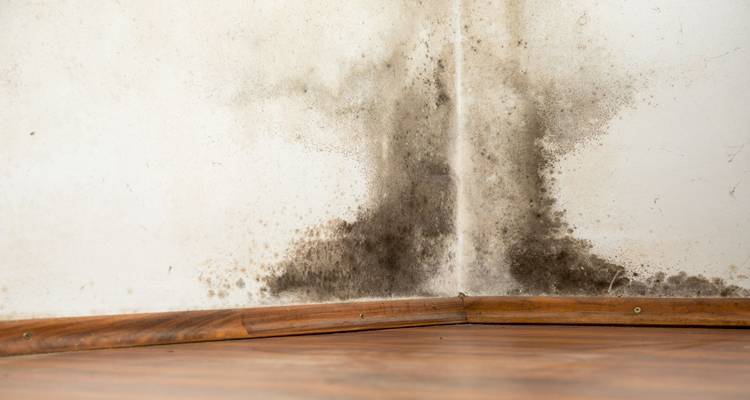
£700
Table of Contents
- How Much Does Mould Removal Cost?
- Labour Costs and Timescales
- Factors Affecting Mould Removal Costs
- What's involved in Mould Removal?
- Why DIY Mould Removal Can Cost You More
- Is My Landlord Responsible for the Cost of Mould Removal?
- Building Regulations & Planning Permission for Mould Removal
- Types of Mould
- Hiring a Mould Removal Specialist Checklist
- FAQs
How Much Does Mould Removal Cost?
The average cost of removing mould from a single, large room is £220 to £280 for minor treatment.
For a problem that's more extensive, mould removal from an entire property would likely set you back between £725 and £1,100.
The cost of removing mould depends on the nature of the damaged area, type of mould, room type, number of rooms, ease of access, and your property's location.
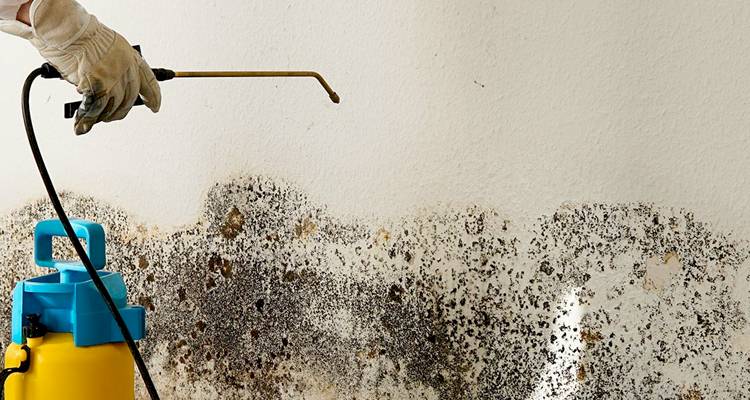
Some of the most common scenarios include:
- Small isolated patches 1 to 2 square metres - Typically from condensation on windows or bathroom tiles. Often the lowest cost jobs.
- One affected room. For example, black mould on a bedroom wall due to poor ventilation. Mid range cost.
- Whole property contamination. Extensive mould caused by flooding, leaks or long term damp. This is the most expensive and can involve structural repairs.
While mould DIY sprays offer a quick fix, they rarely solve the underlying moisture problem.
That's why professional removal is usually the most cost effective option in the long term, preventing repeat outbreaks and protecting the fabric of the building.
What is the best mould and mildew remover to use on uPVC window frames?
Mould Treatment Prices
| Job Description | Typical Costs |
|---|---|
| Removing Mould From a Single Wall | £150 to £200 |
| Removing Mould From a Large Room | £220 to £280 |
| Removing Mould From an Entire Property | £725 to £1,100 |
Labour Costs and Timescales
Labour is a significant part of professional mould removal costs.
The price depends on the size of the affected area, complexity of the job and the type of mould being removed.
To remove mould from a large room is likely to come with a labour cost of £200 to £250. As for removing mould from an entire house, this is likely to have a labour cost of about £700 to £1,000.
Preparation can take under an hour, while the mould removal itself requires somewhere between an hour and eight hours if working in a large room.
One to five days is not uncommon for an entire house.
When comparing mould removal quotes, ask professionals to outline labour time estimates and additional charges.
Factors Affecting Mould Removal Costs
There are many factors that determine the cost of having mould removed. Let's take a closer look at some of them.
Mould Type
Some types of mould are more challenging and dangerous to remove than others. The extent of mould removal will determine the time, equipment and expertise needed.
The more challenging it is to fix the issue, the longer it will take and therefore, the higher the labour prices are likely to be.
Surface mould such as green, white or blue mould is typically easier and quicker to remove, costing around £180 to £280 for small to large room treatments.
Black or toxic mould (Stachybotrys), requires specialist handling and stronger chemicals. Treatment can cost £250 to £1,100 depending on severity.
Extent of Mould Removal
How far the mould has spread can affect the cost of removal. The early stages of mould are easier and quicker to deal with than mould that's become established.
Treating a single wall area is also much cheaper and easier than extensive mould that has spread from room to room, throughout an entire property.
Ease of Access
Mould hidden behind walls, under flooring, or inside ceilings increases labour time and therefore costs.
Hard to reach areas may add £50 to £200 to the job depending on complexity.
Extent of Property Damage
If mould has penetrated plaster, timber or insulation, remediation may involve replacing affected materials.
Minor repairs to plaster or slight repainting can cost £100 to £250 per room.
Structural repairs to timber, insulation requiring replacement can cost between £500 and £1,500 depending on the extent of damage and size of the area.
Safety and Containment Requirements
For larger mould problems or toxic mould removal, professionals use safety equipment, containment sheeting and air filtration to prevent spores from spreading.
Additional costs can include PPE and other protective equipment at a cost of £20 to £50 per room, as well as containment and air filtration which costs between £50 to £200 per job, and specialist disposal of contaminated materials which can add a further £50 to £150 per job.
Urgency and Location
Emergency treatments such as those after flooding can increase the cost between 10% and 30%.
When requesting a mould removal quote, ask contractors to break down costs so you can see exactly what you're paying for.
What's involved in Mould Removal?
Professional mould removal follows a structured process to ensure the problem is fully resolved and unlikely to return.
1. Hiring a Contractor
Start by sourcing quotes from at least three qualified mould removal specialists.
This helps you find a professional who can safely handle the mould and offer the best value for the job.
2. Removing the Cause of Moisture
Mould is caused by moisture. Professionals first locate the source of dampness or condensation such as leaks, poor ventilation or rising damp and address it before treatment.
Treating the mould without fixing the underlying issue will only provide a short term solution.

3. Safe Mould Removal
Using industry standard equipment, contractors remove mould in a controlled manner.
They focus on preventing spores from spreading and ensuring surfaces are treated thoroughly.
A mould removal company may use specialist cleaning solutions and containment methods to protect both the property and occupants.
4. Post Removal Clean Up and Mould Prevention
After mould removal, the area is cleaned to remove residual spores.
This may include vacuuming with HEPA filters, wiping surfaces and safely disposing of contaminated materials. Combined with moisture control, this step helps prevent the mould from coming back.
Why DIY Mould Removal Can Cost You More
It may seem easy to tackle mould yourself using store bought sprays and household supplies, but in reality, DIY mould removal can end up being more expensive and risky than hiring a professional.
Incomplete removal leads to repeat costs. Surface cleaning may remove visible mould, but if the source of the moisture isn't addressed, the problem will quickly return requiring additional treatments. Sometimes, mould can reappear and spread rapidly, resulting in more expensive remedial works.
Hidden damage can be costly. Mould can grow inside walls, under flooring, or within insulation. DIY attempts rarely uncover these areas, meaning you could face expensive repairs later on.
Health risks. Inhaling spores, particularly from black or toxic mould, can cause respiratory issues. Medical costs and lost workdays can be a financial burden.
Insufficient equipment and materials. Professional mould removal companies use industrial grade products and safety gear. Attempting the same results at home often leads to waste and repeat purchases.
While DIY mould removal may seem cheaper initially, the hidden costs from recurring mould to more serious property damage make professional removal of mould the safer, more cost effective option over the long term.
Always get quotes from multiple accredited mould removal specialists to compare costs and ensure you're getting a thorough. lasting solution.
Is My Landlord Responsible for the Cost of Mould Removal?
If you're renting a property, it's important to know who is responsible for dealing with mould and covering the associated costs.
When Landlords Are Responsible
Landlords are generally responsible for ensuring the property is safe, habitable and free from damp and mould caused by structural issues.
This includes leaking roofs, windows or plumbing, rising damp or poorly maintained ventilation, or structural problems that allow moisture into the property.
In these cases, the landlord must arrange and pay for professional mould removal.
Failure to address the issue can breach housing regulations and put the tenants' health at risk.
When Tenants Are Responsible
Tenants are usually responsible for mould caused by lifestyle or maintenance issues.
These issues can include poor ventilation such as not opening windows or using extractor fans, high humidity from drying clothes indoors, or minor spills or leaks caused by the tenant.
For tenant caused mould, the tenant may be liable for the cost of removal.
Tenants should notify the landlord immediately if mould appears. Early reporting often reduces the cost of mould removal and helps avoid disputes.
Building Regulations & Planning Permission for Mould Removal
In general, there are no specific building regulations related to removing mould, nor does planning permission apply.
However, if you wish to undertake additional work, then these considerations may be important.
More information on building regulations and planning permission is available on the Planning Portal.
However, please note that the rules listed on Planning Portal are specific to England and Wales, and therefore you may find different rules for Northern Ireland and Scotland.
But that's not all.
Applying for building regulations costs around £300 to £400, while submitting a planning permission application costs between £200 and £400. You usually need to wait up to eight weeks for a response in relation to planning permission approval.
Types of Mould
There are many types of mould that can cause problems in a home. In this section, we'll take a closer look at some of the most common examples.
Green Mould
The first type is a particularly common example. It may suggest the presence of penicillium, aspergillus, or cladosporium.
Beyond its aesthetic issues, these spores can be harmful to health and may also lead to structural damage.
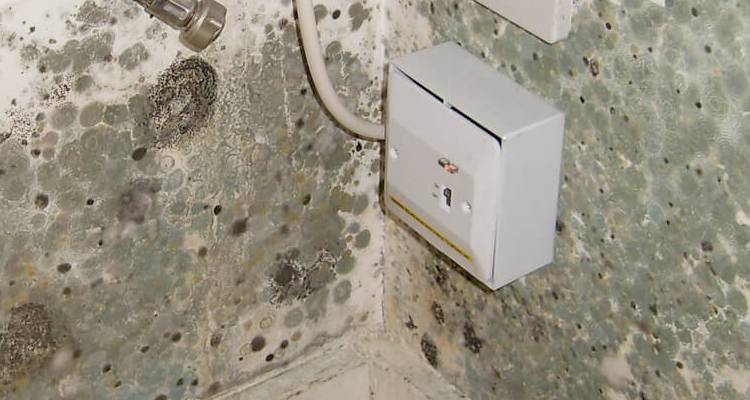
Green mould may be somewhat fluffy and tend to be found on damp surfaces. The process discussed earlier can apply in most cases of green mould, and the same applies for white and blue mould and often for black mould too.
White Mould
Similar to the green mould, this type has a fluffy appearance. It is likely to be found on damp timber.
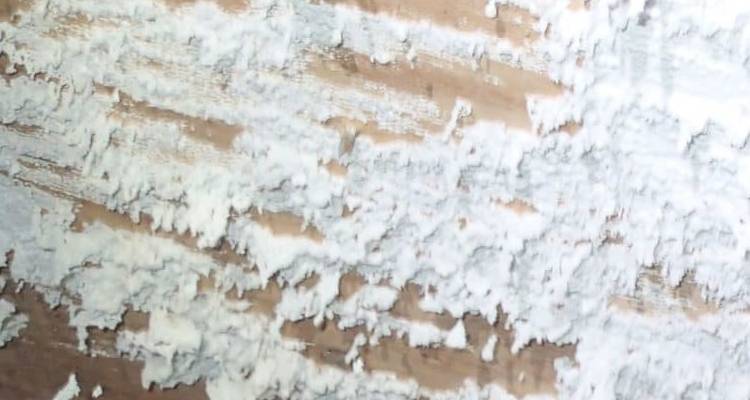
It may appear in damp, cool environments (e.g. a cellar or basement). White mould often grows up walls and should not be mistaken for efflorescence.
The latter results from salt deposits and may appear on the surface of brickwork or concrete.
Black Mould
Another fairly common type of mould is black mould. It tends to come from the same strain as green mould but can be particularly harmful.
Black mould can produce conidia, and may be found in grain and soil.
However, it most commonly appears in building materials that are rich in cellulose and this results from buildings that have been damaged by water.
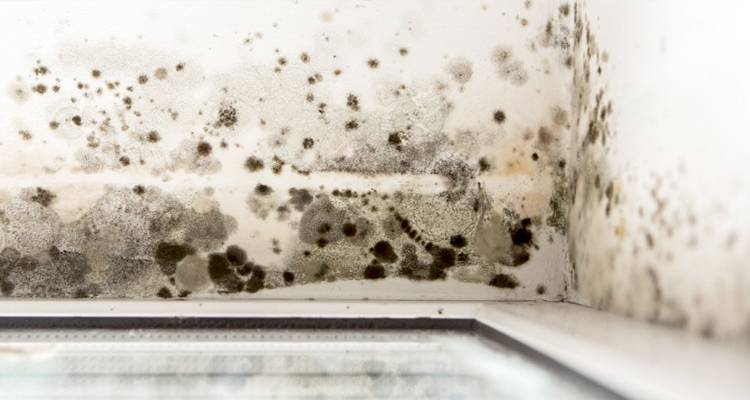
Toxic black mould, also known as Stachybotrys, can cause serious health issues.
The process of removing black mould if it is toxic can differ from that of other moulds. Usually, a stronger product may be needed along with specialist equipment, so a professional should be hired to deal with toxic mould removal.
Blue Mould
Lastly, there is also a risk of homes suffering with blue mould. The wettest rooms of a house are more prone to blue mould (e.g. a bathroom).
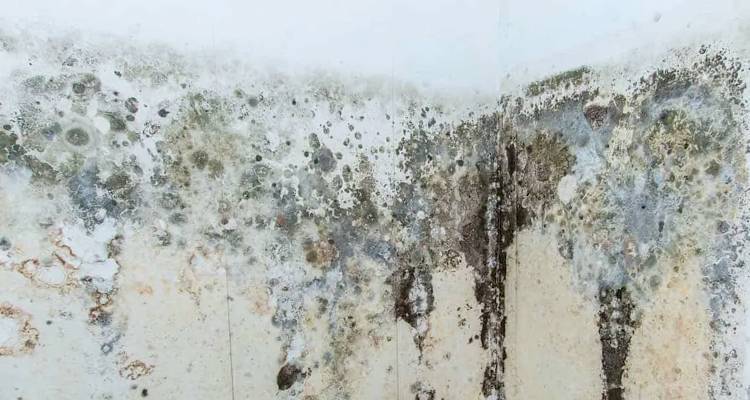
This type of mould often appears on walls and rises up toward the ceiling. Steam is particularly troublesome in supporting the growth of blue mould.
Hiring a Mould Removal Specialist Checklist
When looking into professional mould removal, there are a range of factors to take into account. Let's have a look at these considerations.
Checklist:
- Qualifications and Experience. While formal qualifications are not always required, check the contractor's experience with the specific type of mould you have such as black mould or surface mould.
- Previous Work and References. Ask for before and after photos or references from previous clients to assess workmanship and reliability.
- Customer Reviews and Ratings. Online reviews and testimonials can highlight the quality of the work and professionalism. Look for patterns rather than single opinions.
- Accreditations and Memberships. Check if the contractor is part of any trade bodies or has industry certifications which can indicate adherence to safety standards.
- Insurance and Liability. Ensure the contractor has public liability and professional indemnity insurance in case of accidental damage or health issues.
- Clear, Written Quote. Always request a detailed quote outlining labour, materials and additional costs.
- Timeline and Process. Ask about the expected duration and steps of the job, including moisture remediation, mould removal and cleanup.



